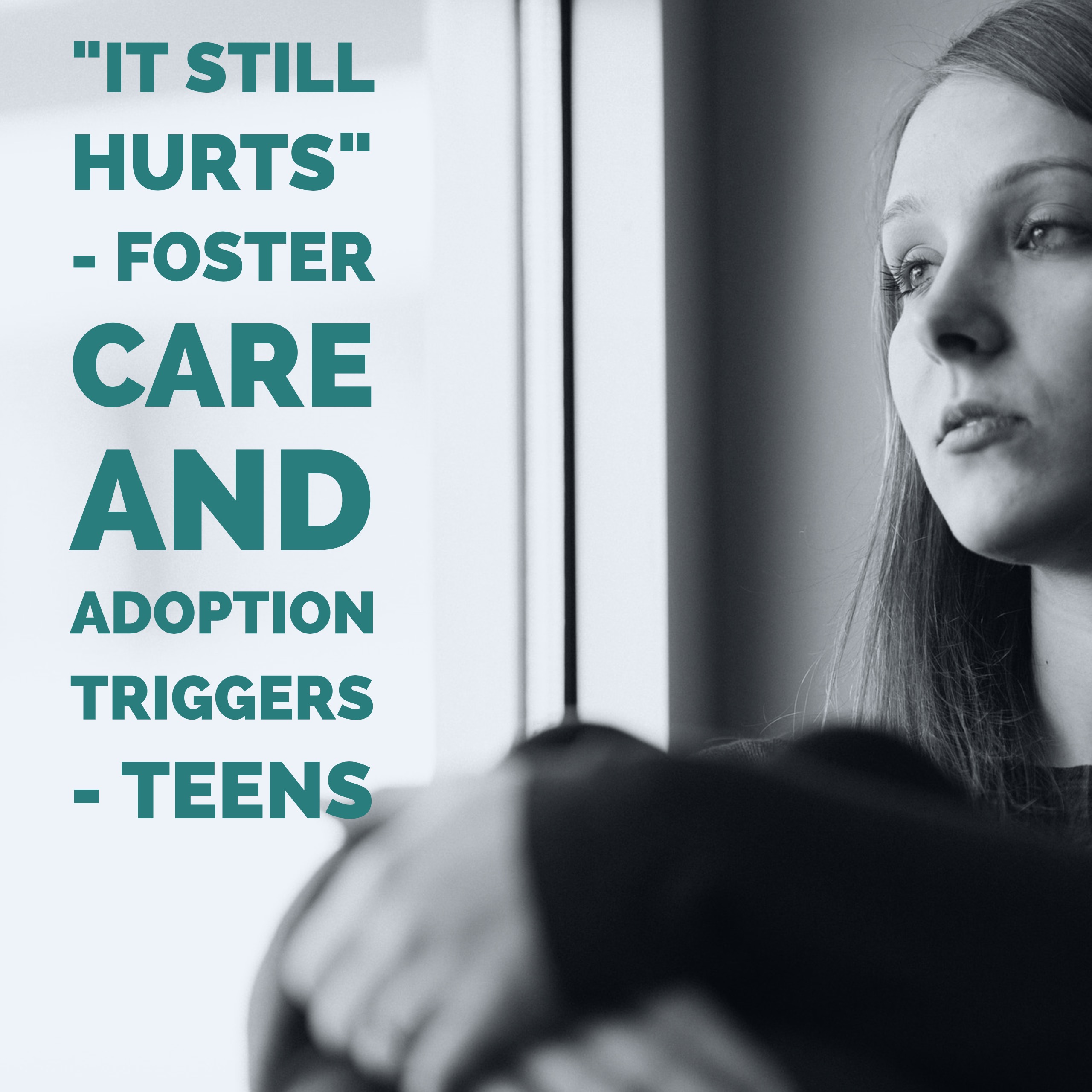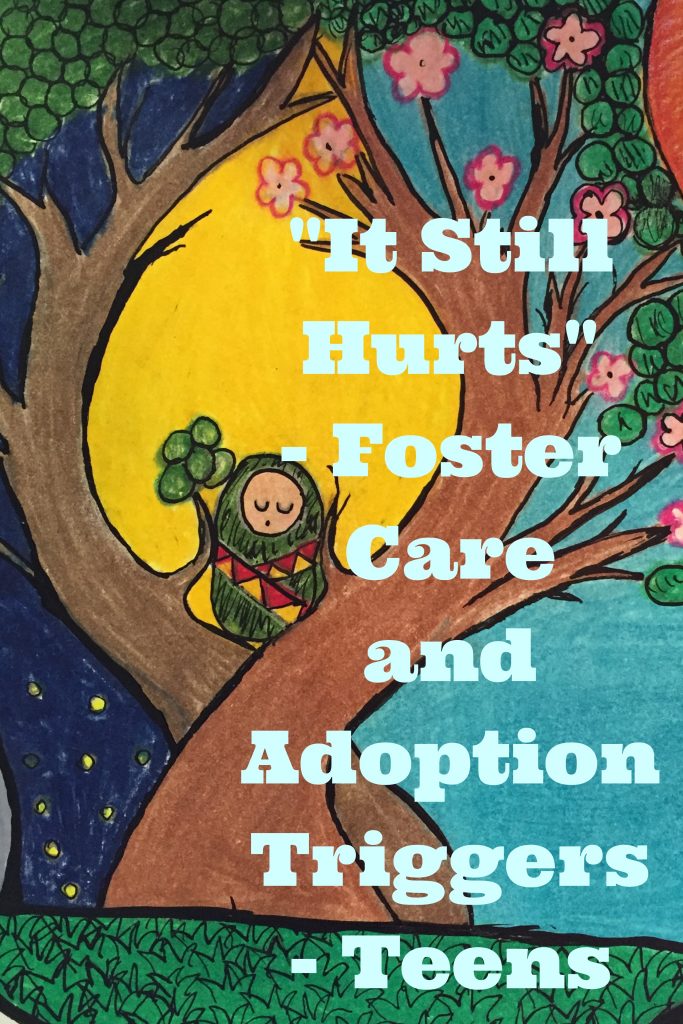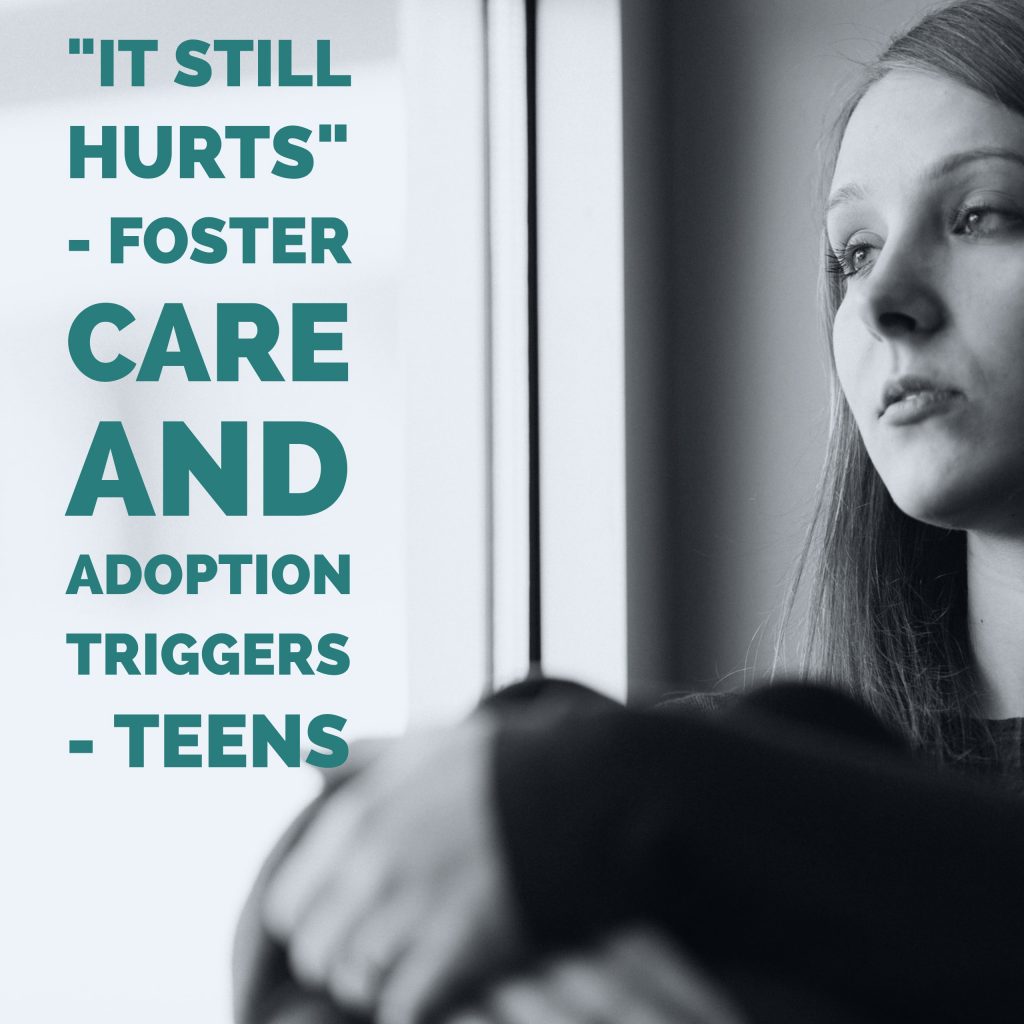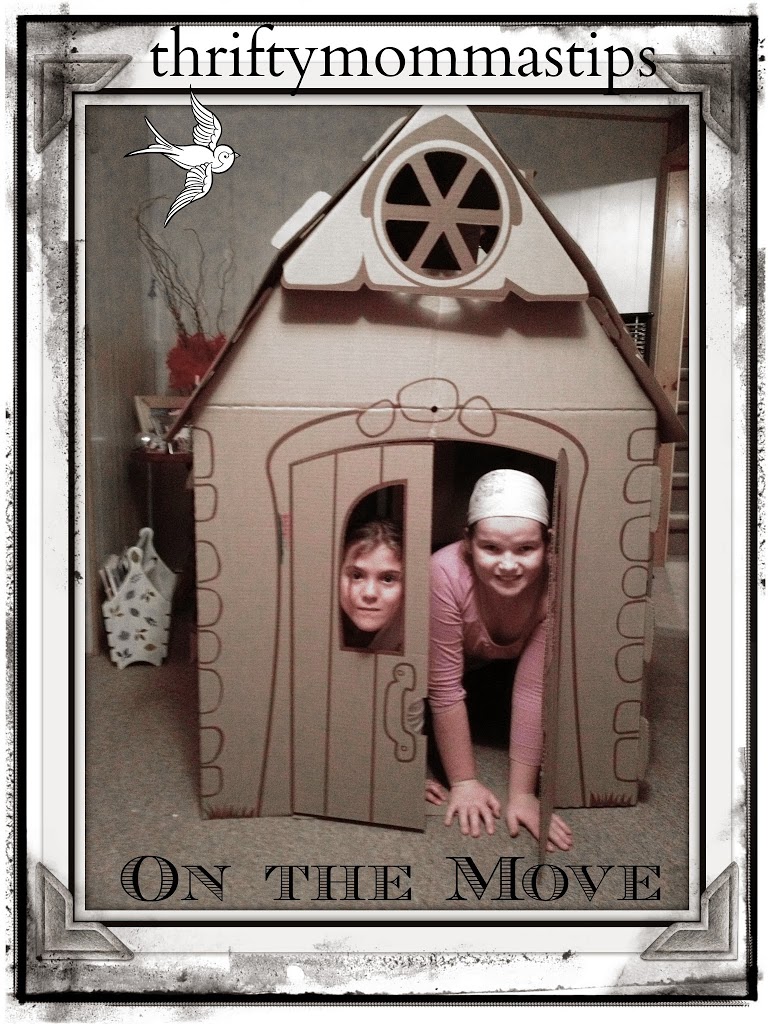
“It Still Hurts” – Foster Care and Adoption Triggers – Teens
A smart person once told me at an adoption conference that adoption is not an event. Adoption is for life. So what does that mean exactly? In fact, adoption continues to be a piece of who you are as a family, as a person, long after happy court is done. Through elementary school and high school, children and teenagers also have adoption triggers.
It is extremely easy to forget that adoption is not an event. From September to June the days mostly fall into a predictable rhythm. Wake up, get ready for school, leave for school. Hang out with friends and learn and have fun and then come back home to family and extracurriculars. But every so often your child or youth hits a roadblock emotionally.
Sometimes that roadblock equals an explosion or an implosion. Maybe it is one of several adoption triggers that hit you with a wave of sadness, or grief. Never really sure which is better. However, implosions are sometimes harder to figure out from a parent’s perspective. In my experience often roadblocks for adoptees and children who have been in care are triggered by something in the school curriculum. And that is frustrating because it could be handled better.
My older daughter implodes. That’s how we discovered her anxiety when she was six. For the most part she manages her adoption experience and questions head on. When she was 2 1/2 she asked: “Did I Come From Your Belly?” As hard a question as that is, I always answered: “No Mommy can’t have a baby in her tummy. We adopted you and you are the best thing that ever happened to us.”
My oldest girl has always been expressive, emotional and sensitive. When she was little I would joke that she could parent herself because she was happy and easy going. Then six years old hit and regular full time school days and suddenly that demeanour vanished. She was sad a lot. We went through months of that trying to figure out what was happening and then finally we received a diagnosis of Anxiety Disorder.
The diagnosis helped us to understand this child needed support. Even now from time to time she needs help managing worry. Anxiety sits on my daughter’s shoulder most days. Some days she manages it well and other days not so much. Triggers can also set that off. High school is as full of adoption triggers as elementary school was, but they can be harder to predict for parents.
At six, school relationships, separation and curriculum were all triggers and sadness and anxiety resulted. That year we handled invasive school assignments with support. Teachers were often really great at modifying things like Family Tree assignments. In grade one we had a teacher who had been trying to adopt. She got it. These assignments went well, because of the supports and understanding. When we had that, we could manage together in a proactive fashion.
In grade five things got complicated at school. Not knowing when to expect the assignments to trigger adoption related grief meant there was sometimes a big implosion at home. This added to her anxiety. One particular assignment I recall my daughter struggling with was a social studies kind of thing where you had to trace your family background. We discussed at length what she would do. She could choose to trace ancestry of my husband and myself, her adoptive family, or her birth family. My daughter opted to do us, her adoptive family – I think because we could answer her questions.

Sometimes adoption forces you to be creative – my daughter added a full page of reflection to her project that stated: When I first got this project I was mad and sad. I do not know much about my biological family background so this was an insensitive project and it made me really angry. This type of project fails to take into account foster and adoptive families, she wrote. In the end, she got an A on it, but beyond that I was proud because she didn’t swallow her feelings, but instead she voiced her displeasure and stood up for her convictions.
School assignments sometimes have the ability to reduce children to tears when they are not well handled. Occasionally they have the ability to motivate kids to get creative. “Yes I got an A,” my daughter said after she got that one back, but: “IT STILL HURTS.”
When a classmate levels an insult directly related to adoption at you and you know it to be untrue. It still hurts. When your sister, also adopted, insults your birth parents because she is angry you took something of hers, IT still Hurts.
People often think you adopt a child at birth, as a baby or toddler and there are NO impacts whatsoever. There is always an impact. Babies exist for nine months in a womb that is not yours. They bond with a biological parent and then they are moved. Grief and pain and loss exist, even among newborns adopted straight from the hospital.
Both of our beautiful girls came to us as infants, through the domestic foster care and adoption system in Ontario. They have two lovely adoption stories and a mostly happy childhood.
Long moments pass when even I almost forget we are a family formed by adoption. We can go weeks like that, entire summers even, and then school starts. Someone comes home extremely happy on the surface, covering up a massive wound. Teens can be explosive and moody at times so it’s hard to know where all that emotion comes from. Is it hormones, normal development, anger, adoption triggers, grief, or just sadness?
This Fall, one night my teen came home super happy. Falsely happy. She was covering something that was bothering her. Almost a frantic happy. Typically that leaks out slowly like air out of a balloon poked with a pin. Until her emotions shoot across the room sideways. I was busy with 100 things and thought little of this until the explosion.
First, my strangely happy child, giddy even, suddenly let go spinning out of control. She picked a big fight with her sister, lashed out repeatedly at me with words, and then escalated into a meltdown. This was followed by a panic attack.
Eventually I learned that my sensitive teen was deeply upset by a short story about residential schools in English class. They’d been reading short stories for two weeks and a group of peers presented their take on a story about residential schools in Canada. The plot, as we all know now, was that children were wrenched from families, removed from homes, and taken from a culture seen as different. This story involved a child removed from family for over 20 years. The villain – Children’s Aid in the 1970s.
It is painstaking and slow work peeling back these layers to ask what is the real issue here? What was the trigger? Where is the issue or the speed bump? Today is a girl looking like a child about to be wrenched away from her family for good. Empathizing so deeply with the character in the story, she puts her head down on the desk and tells everyone she has a headache.
It’s first period English. The story stays with her all day. Our family was essentially built with Children’s Aid hand in hand. It’s not hard to see why a child, or a teen could make a connection.
Worry takes over. If someone can so easily wrench you from a family for twenty years, then how is adoption safe?
“I’m fine. I’m fine. I’m fine,” she repeats all day. Her peers notice she looks unwell. She feels sick and wants to leave school.
IT STILL HURTS.
“I lied all day,” she tells me later, after the implosion and explosion, when I am giving her a hug.
“Why did you lie?” I ask.
“I thought if I said it enough then I would be fine.”
Typically developing teens might not find that story upsetting at all. They might relegate it to ancient history and, or maybe even a boring English class.
I can hear some of you saying teens should be able to deal with sensitive literature and topics because they are learning to be independent and resilient young adults. Independence is the ultimate goal in high school. But independence is not a straight line for children and youth with any sort of unique needs or differences, and for kids who come from the foster care and adoption system this is even more true.
First and foremost kids of any age need to know they are safe. Children and youth from the foster care and adoption system sometimes spend a lifetime trying to learn what safe feels like. The education system needs to support our children with more sensitivity to help them be safe.
The older my kids get the more I tell them – you have a space here for as long as you need one. If you are 35 and living at home I am fine with that. You have to feel safe before you can venture out into the world. Our kids often take longer to find that safe feeling.
ADOPTION Triggers
I’m not saying there should never be literature that triggers deep sadness in adoptees taught at school. Quite the opposite. Thankfully, we study the wrongs of history so we do not repeat them. But, sometimes it would be nice to know what to expect and when. And in an ideal world the people who make the curriculum and teach it would have real life experience with adoption triggers, grief and loss and foster care.





